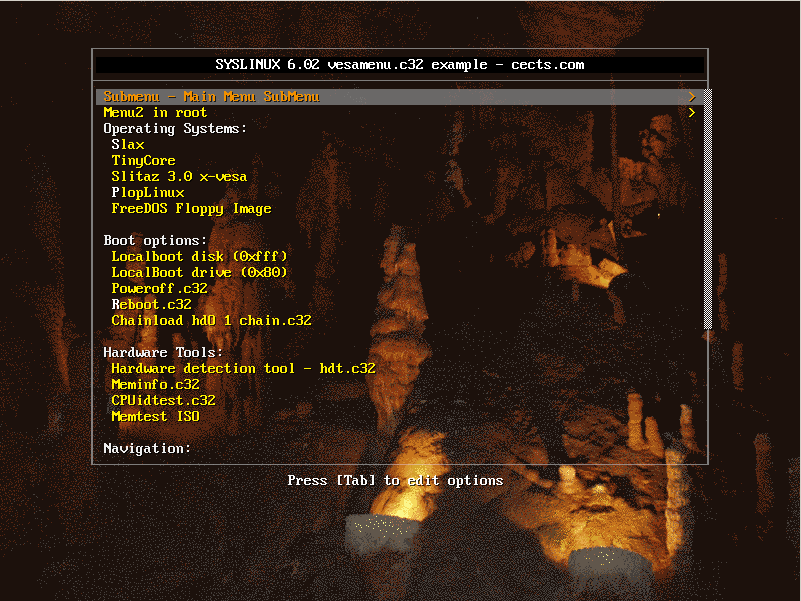
Boot Windows From Syslinux Package
How to install extlinux (syslinux) as a bootloader How to install extlinux (syslinux) as a bootloader Extlinux is one of the many spinoffs of syslinux -- the bootloader used for live CDs and many other applications. It's not as commonly used as a bootloader for desktops and laptops, but it's perfectly capable of that. It's simple, well tested and has been around for years. And it supports the few things I want out of a bootloader: it has a simple configuration file that lives on the /boot partition; it can chain-load Windows, on machines with a Windows partition; it even offers pretty graphical menus with image backgrounds. Here's how to install it. Tabel nasabah bank foxpro login. Installing extlinux The first step is to install extlinux.
On Deban or Ubuntu, that means: apt-get install extlinux syslinux-common On Debian, this automatically creates a directory /boot/extlinux with a few configuration files in it. Notably, you'll have extlinux.conf -- the main configuration file controlling your bootloader -- and linux.cfg, containing the stanzas needed to boot your current kernel. Note: I always make /boot a separate partition, and if you're booting multiple OSes, I recommend you do too.
In this section, I describe the procedure used to create a bootable ESXi installer USB drive. All commands are executed in a terminal window using root. Ziphone 2 0 for windows for the home. Step 1 – Install Syslinux. You must have the Syslinux package to make the USB drive bootable. If it is not available on your system, go ahead and use YUM or similar to add it.
You don't want all your boot files controlled by one Linux distro, and subject to being wiped out if anything happens to that particular install. If you have /boot on the same filesystem as /, you may need to adapt some of these instructions accordingly.
Installing the bootloader Installing the package gave you a configuration file and the programs you need, but of course it hasn't changed the way your system actually boots yet. That takes explicit action. First, let extlinux install a few files on your /boot partition: extlinux --install /boot/extlinux The man page is vague on what this actually does, but I suspect that it writes something into the first sector of your /boot partition as well as installing a few necessary files into /boot/extlinux. Next, make sure your /boot partition is flagged as bootable. You can check that by running fdisk, as root: # fdisk -l /dev/sda Bootable partitions will have a * in the Boot column. Make sure the partition where your /boot lives -- whether it's your / partition or a separate /boot partition -- is marked bootable.
If it's not, you can make it bootable with a program like gparted or fdisk (if you're not sure, use gparted). You may be ready to boot -- but probably not. If your system was previously set up to use grub, grub has probably overwritten the disk's master boot record (MBR). Even if you told it not to. If so, you'll need to replace the grub code with a more standard MBR.

There's one that comes with extlinux, and you can install it like this: # cat /usr/lib/extlinux/mbr.bin >/dev/sda Don't worry -- this won't overwrite your whole disk, only the boot block portion. Adrian Weiler suggests, probably correctly, that a better command is: # dd if=/usr/lib/extlinux/mbr.bin of=/dev/sda bs=440 count=1 You can also add conv=notrunc. This allows the command to be usable with disk images as output. At this point, you should be ready to boot using extlinux. But you won't see a boot menu yet. Setting up menus Extlinux needs a little extra code in order to display a menu. On Debian, that code comes from the syslinux-common package rather than the extlinux package, which is why I said earlier that you should install both.